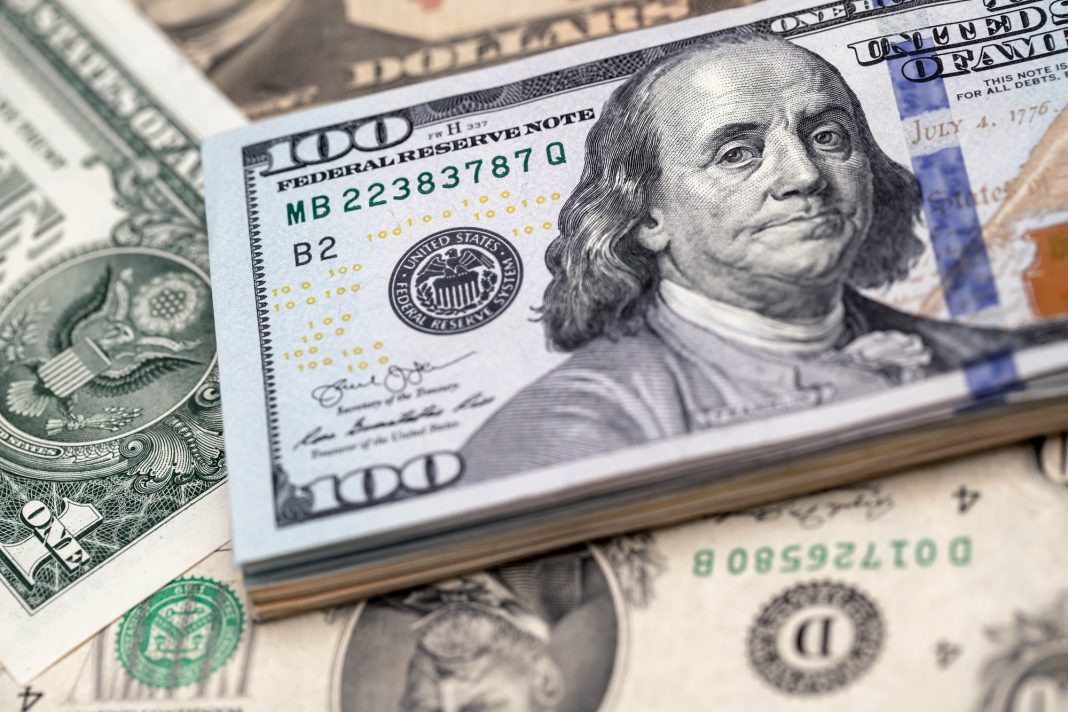Investors were concerned that an oil crisis in the area would lead to a recession, since the euro rallied from a 20-year low and almost equaled to the US dollar.
The euro has fallen to its lowest level versus the US dollar since the beginning of the coronavirus epidemic in July owing to energy worries, supply constraints, and rate rises from the European Central Bank.
On the other hand, the US dollar weakened as the euro continued its overnight rebound on the European Central Bank’s promise of a more aggressive rate rise and the satisfaction that Europe would be able to avert the worst worries over energy shortages.
According to Reuters, Russian gas supplies via the Nord Stream 1 pipeline are expected to resume on schedule after planned repairs. EUR=EBS was up roughly 0.2 percent to $1.0239 in early Asia trading after posting its highest daily rise of 0.75 percent overnight.
Mazen Issa, the senior FX analyst at TD Securities in New York, stated, “For all intents and purposes, it basically hit parity.” There appears to be little hope for the euro, according to Mr. Issa, who believes the single currency will fall to the $0.85-$0.90 range versus the US dollar.
What’s the situation for the time being?
Expectations that the Federal Reserve can raise interest rates further than its counterparts, which face more difficult economic prospects, support the dollar.
In light of Monday’s start of yearly maintenance on Nord Stream 1, Europe’s busiest Russian gas pipeline, more people are worried that the continent may enter a downturn. Businesses, markets, and governments are concerned that the closure may be prolonged due to the conflict in Ukraine. The EUR/USD currency pair, as the forex charts show, is now trading at 1.02, below the 38.2 percent retracement of the most recent daily loss at 1.0204, the next resistance level. As shown on the day-to-day chart, a bearish 20 SMA and the 50 percent retracement of the previous loss at approximately 1.0280 pushed the pair lower. Further drops are suggested by technical indicators, which have resumed their declines inside negative levels after correcting for oversold situations.
Many economists believe that because of the sluggish economy, the ECB’s intention to increase interest rates by 50 basis points in September has been clouded.
This is excellent news if Russian gas shipments begin tomorrow; in the short term, the euro may gain some momentum and move away from parity, says a currency analyst at Commonwealth Bank of Australia, Carol Kong.
In spite of this, experts are still concerned about the Euro/Dollar, and they believe the ECB’s likely hawkish tilt may not be able to provide long-term stability.
More Things To Know
A dramatic drop in U.S. inflation and worries about a recession in the eurozone have caused the euro to drop by 2.3% since the beginning of July. Last week, the euro breached parity for the first time in more than two decades.
“At this time, there doesn’t appear to be much support for the euro. The ECB seems to be divided on how far to hike rates, which has little to do with gas prices, according to Standard Chartered senior economist Sarah Hewin.
While the US Federal Reserve is expected to raise interest rates by 75 basis points this month, the European Central Bank is sending a more mixed message given the current climate around gas prices.
This would ease pressure on the dollar for a short time, but any dollar weakening is unlikely to endure long, according to Kong of CBA’s dim global economic forecast. “Markets continue to price out FOMC rate increases from the markets,” said Kong.
There was an average of 8.6 percent inflation in the Eurozone in June, with 14 tiny Eurozone countries having above-average inflation, up to 22 percent in Estonia, according to Eurostat. As a result of increased oil costs caused by the Russia-Ukraine war, just five euro area economies are below this EA average.
Since Europe’s oil reserves and usage of other forms of energy have made it “relatively immune to the volatility in oil and gas markets, given their plenty of oil, the US dollar has appreciated compared to the euro,” which is why the US economy has fared better than Europe’s.
As expected, the US Federal Reserve will raise interest rates by 75 basis points next week, instead of the expected full percentage point. An increase in interest rates of 50 basis points is being considered by European Central Bank officials, according to a report from Reuters. Both the Reserve Bank of Australia’s Philip Lowe and Bank of England’s Andrew Bailey have suggested that a 50-basis-point rate increase is on the table for next week’s meeting, which is expected to take place on Thursday.
Lucio Sarno, a professor of finance at the University of Cambridge, believes that the recent rise in US interest rates makes investments in the US currency region more appealing.
In addition to the high demand for the dollar arising from its position as a safe haven currency during times of conflict, the rising interest rates in the United States are attracting further investment in dollar assets.
Also Read
Industries that you should keep an eye on in South Africa
Floating solar panels on 1% of reservoirs ‘could double’ Africa’s hydropower capacity

